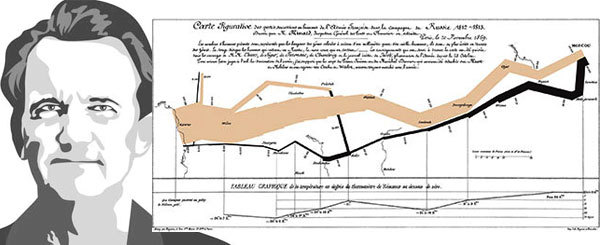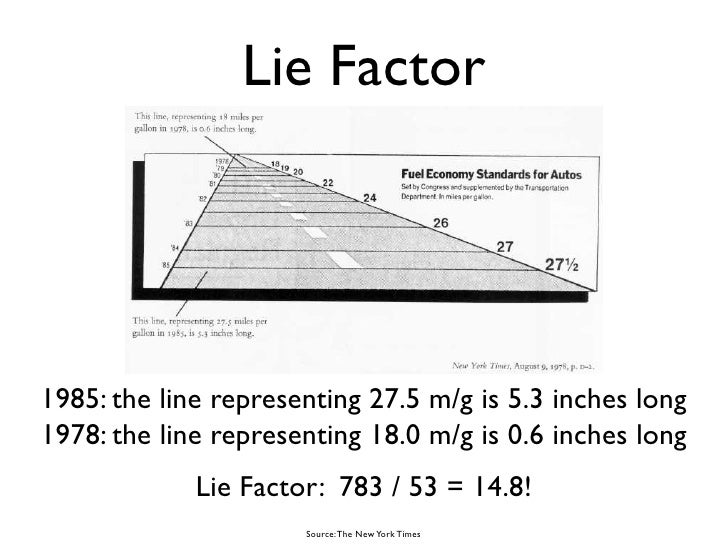Healthcare fraud is a government priority. While there are variations depending on the industry, the government generally focuses on the same basic conduct in healthcare fraud cases. In light of that, there are some things that a healthcare provider can do in order to minimize their liability if they are under audit or investigation.
While healthcare fraud is generally a major government focus, there are certain areas that the government is particularly focused on. According to the Department of Health and Human Services Office of Inspector General is (“HHS-OIG”), the following five areas are under scrutiny: (1) controlled and non-controlled prescription drugs; (2) home health, personal care and home and community-based services; (3) ambulance transportation; (4) durable medical equipment; and (5) diagnostic radiology and laboratory testing.
All of the below potentially problematic conduct potentially applies to these industries. However, the government is particularly focused on these types of entities’ relationship with referral sources and kickbacks.
POTENTIALLY PROBLEMATIC CONDUCT
Kickbacks and Bribes
The government is extremely focused on kickbacks or bribes. Kickbacks can be gifts or benefits to referral sources, beneficiaries, or employees. These are typically easier cases for the government to prove than cases that turn largely on expert testimony regarding complex medical procedures. It is good practice not to make any gifts to referral sources or beneficiaries, such as rebates or gift cards. The government also sometimes takes the position that employee compensation based upon revenue is a kickback.
In healthcare fraud investigations, the government usually examines a provider’s marketing practices, and will review advertising and mailed materials. Providers need to ensure that their marketing professionals know what is appropriate in the healthcare field – what is generally accepted in many other industries may be illegal in the healthcare industry.
While the Federal Criminal Anti-Kickback Statute prohibits remuneration for referrals wholly or partially paid for by government funds, Texas law is much broader. The Texas Patients’ Solicitation Act prohibits any remuneration for soliciting or securing a patient or patronage for or from a person licensed, certified, or registered by a state healthcare regulatory agency. There are also recent federal cases where the government has indicted healthcare providers under the Federal Travel Act and state commercial bribery statutes when there were little or no federal funds involved. Therefore, not taking government pay is not a shield from the government bringing a bribery case against a provider.
Services Not Rendered
The government often examines whether services that were billed were actually rendered. One of the government’s favorite techniques for doing so is examining the amount of time the provider spends with each patient. In other words, the government divides the number of hours the provider is in the office by the number of patients seen during that day. If the time per patient is unreasonable in the government’s opinion, it frequently takes the position that the provider did not see all of the patients and/or did not see the patients long enough to adequately provide the service. The government has an even stronger case in situations where the billing codes are time based. The government will frequently examine a provider’s travel and credit card records to determine which days he or she was in the office, and compare that analysis with their billing records.
Services not rendered are perhaps one of the most critical issues that the government will examine. If the government concludes that unqualified personnel must be treating patients because of the number of patients seen and/or the provider is not spending adequate time with each patient, the government views this as a quality of care issue. When there is a quality of care issue, the government is much more likely to suspend payments. If services are not being rendered at all, a criminal indictment is also more likely.
The provider needs to ensure that he or she is spending adequate time with each patient. It is also helpful to have the appropriate provider document and sign the charts contemporaneously upon treatment instead of at a later time. Such a policy can help “prove” that the provider personally provided the service.
Necessity
Necessity is another critical issue in government investigations. If the government can successfully challenge the determination of necessity, then in certain areas, the government can take the position that all charges paid for a patient were improper.
The person making the determination of necessity must be qualified. If the requirement in a particular area is that a doctor must make the determination, this task cannot be delegated to an assistant. The government will also examine how and if the person making the determination of necessity is compensated. If it is an unrelated individual, the government will examine whether there are improper payments, or kickbacks. If it is someone affiliated with the entity, the government will examine whether the professional is being paid fair market value and whether the compensation is based on the number of patients approved for treatment or revenue. Again, such compensation arrangements can be viewed as a kickback.
Upcoding and Unbundling
The government often examines whether a provider is consistently coding a more complex procedure, for which the reimbursement is higher, rather than a less complex version of that same procedure. This is called upcoding. It is critical that the documentation in the patient chart supports the level of service that is being provided.
Unbundling is where one procedure is split up and billed as a number of individual procedures to maximize reimbursement. When two procedures are performed together and there is one lower paying “combination” billing code, that code must be used.
PROACTIVE MEASURES
Because of what is at stake, it is imperative that healthcare providers be very careful. In addition to severe monetary sanctions, the government has the ability to require a provider to have a corporate monitor, place a monetary hold or suspend payments to a provider, exclude a provider from government programs, and even bring criminal charges against a provider. The collateral consequences from a government investigation may also implicate licensure issues with State Boards.
Healthcare providers should have a compliance plan. In fact, they are required in many industries now. Moreover, they should have an attorney or consultant available to address issues that arise in their day to day operations. Successfully addressing or attempting to address an issue goes a long way in defeating government’s allegations of intent if there is a subsequent investigation.
With the government’s focus on kickbacks and relationships, a provider should examine all of their practices designed to increase business. This definitely includes the use of marketers and a review of the marketing material. It also includes relationships, gifts and benefits to any referral sources. The government is taking an extremely broad view of what constitutes kickbacks, and healthcare providers need to keep this in mind when examining their marketing practices.
Also, one of the most basic things a provider can do to minimize liability is to accurately chart. Often, because a provider is busy, the level of detail in patient records does not support what was billed. Providers and their staff must also take the time to learn and follow the often complex rules. They need to make sure they are following every procedure in order to minimize their liability if they find themselves in the government’s sights.


